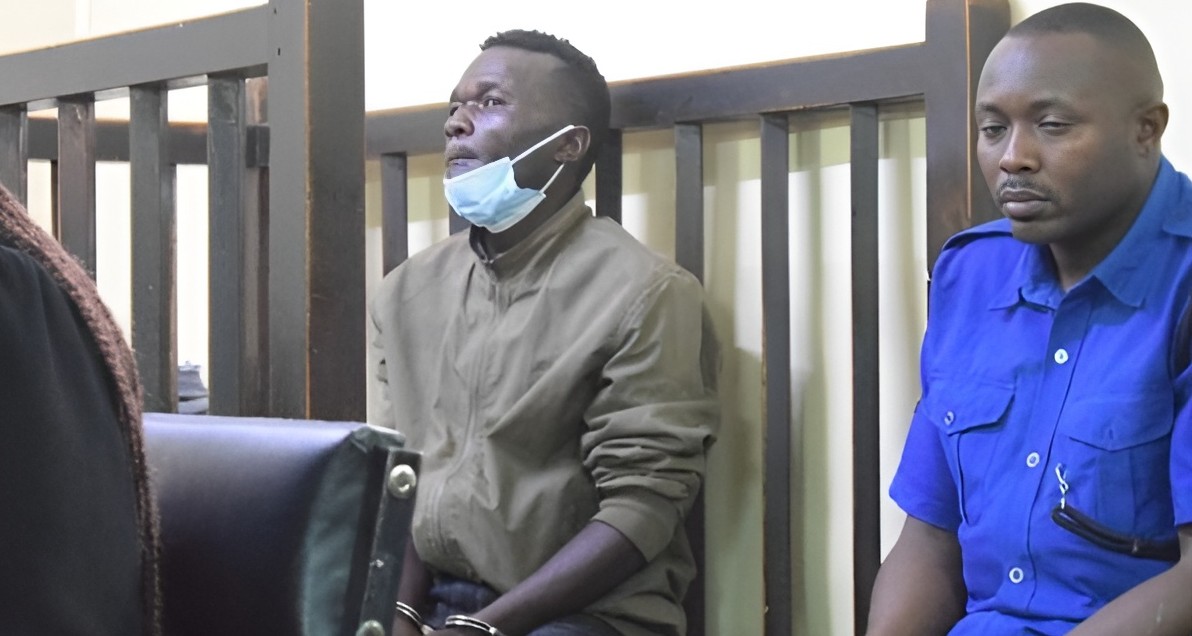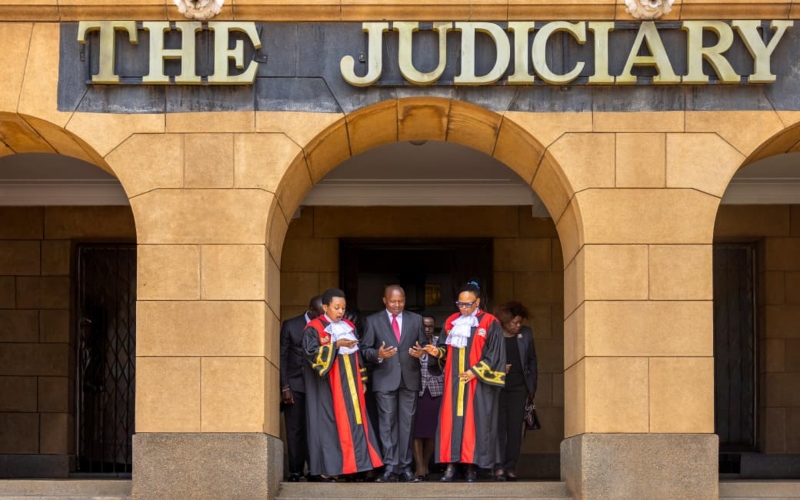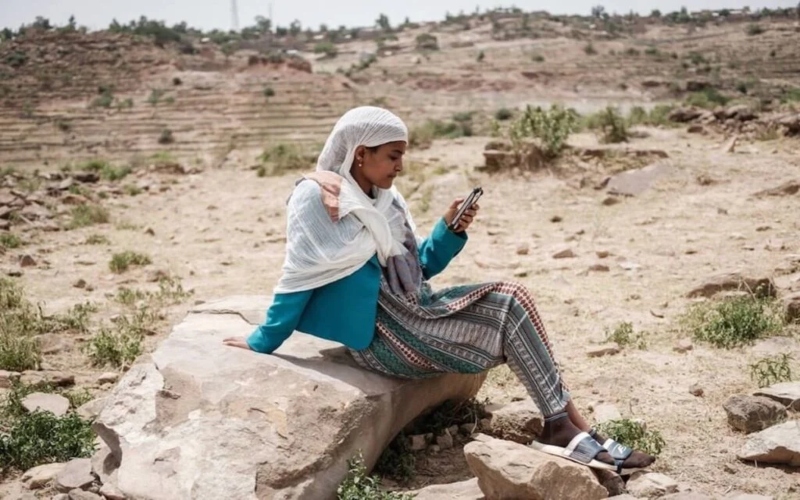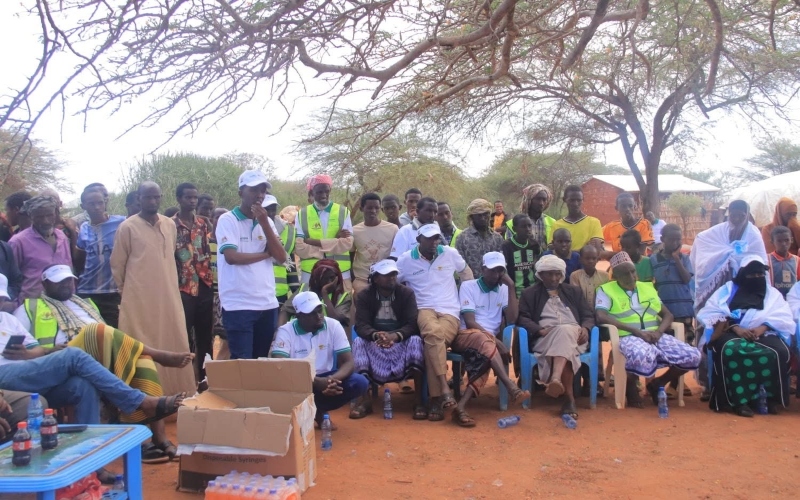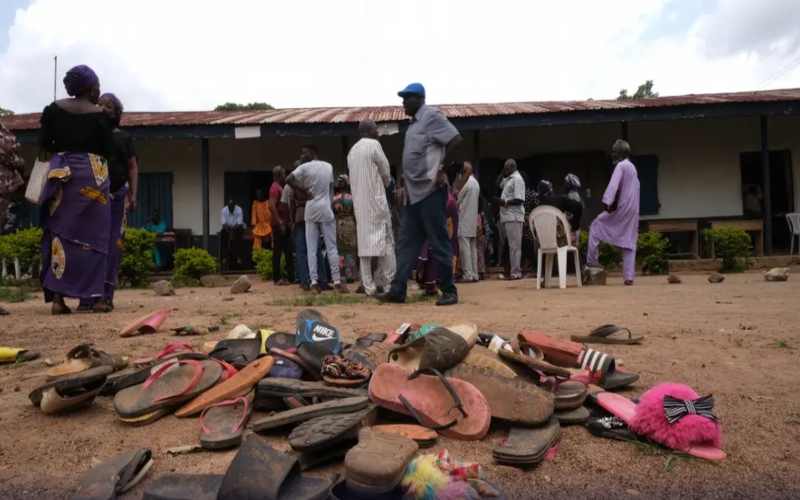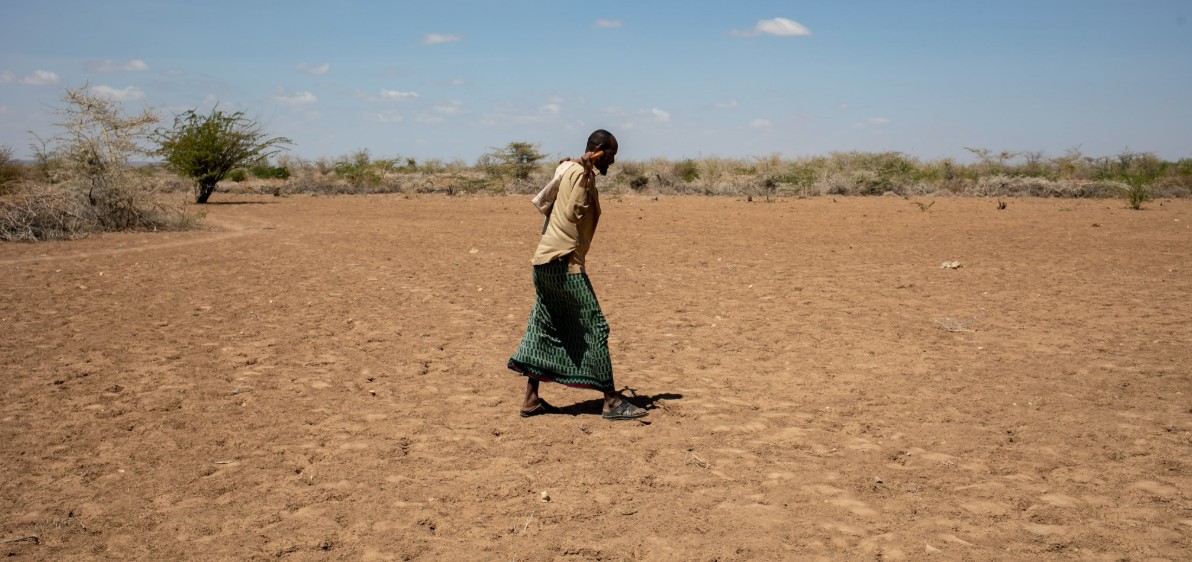16-year wait finally delivers Isiolo abattoir that will change locals' livelihoods
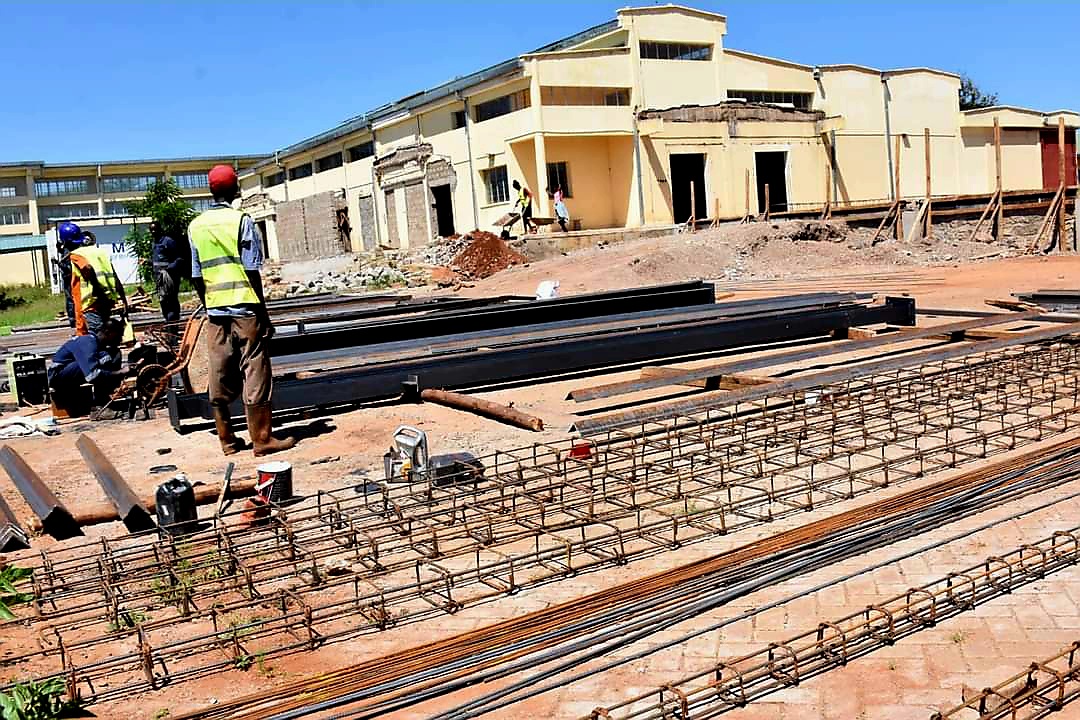
When operations begin in the next few months, the abattoir will slaughter up to 1,800 animals daily for export, offering new income streams to over 20,000 pastoralist households.
For pastoralist communities across Kenya's arid Northern region, livestock farming is more than just a vocation, it is intrinsic to their cultural identity and economic survival.
But unpredictable weather patterns, persistent droughts and lack of infrastructure have long challenged their fragile livelihoods.
More To Read
- Family pleads for answers two months after Wajir Huduma Centre manager went missing
- KeNHA revises Isiolo-Mandera road project, adds new features to enhance cross-border links
- Isiolo leaders ask Ruto to discipline officials fueling political unrest in the county
- Court rules Governor Abdi Guyo impeachment is null and void
- Court reinstates Isiolo County Assembly Clerk Salad Boru Guracha days after suspension
- Public participation on Isiolo Governor Abdi’s impeachment set for June 18
"The winds whisper empty promises and our livestock waste away before our eyes, where is the mercy of the heavens?" asks Guyo Galgallo, his weathered hands trembling with the memories of past devastating droughts.
Yet today, winds of change swell across the lone plains. Now, a new state-of-the-art meat export facility promises to change these communities’ fortunes, for the better.
The Isiolo Mega Abattoir, its gleaming stainless steel and automated machinery glinting in the afternoon sun is the epitome of transformation.
When operations begin in the next few months, after over 16 years of fits and starts, the abattoir will slaughter up to 1,800 animals daily for export, offering new income streams to over 20,000 pastoralist households.
“Our people have suffered huge losses whenever droughts strike. Now with guaranteed international buyers, livestock farmers will get fair, consistent prices regardless of vagaries of weather,” says Isiolo Governor Abdi Ibrahim Guyo.
Sitting on over 500,000 acres, the facility is set to directly employ 80 people and impact over 20,000 livelihoods. The abattoir features two rail lines, specialised meat cold rooms, a by-product storage facility and an advanced sewage system.
Officials have indicated that the built-in expansion potential also allows beefing up capacities in the future as export orders ramp up, from all around the world.
Automated rail lines
James Munyoki, the project engineer, says the abattoir will feature two distinct rail lines, one for sheep and goats which will be fully automated, and a static one which will cater for cattle and camels.
The rails themselves are made of stainless steel to ensure hygiene and quality standards. The county government has also set aside 125 acres to fatten livestock and ensure constant supply.
"We have designed advanced systems at the abattoir that will ensure efficiency and meet the highest export standards, using the latest technologies," notes Munyoki.
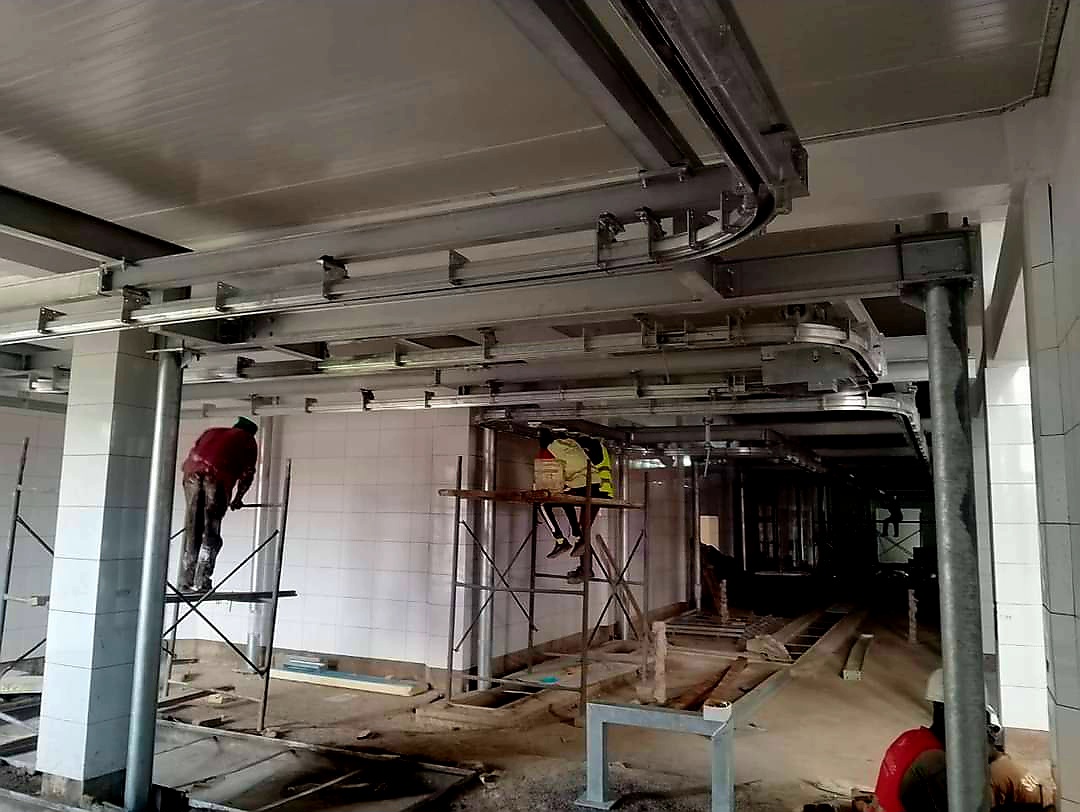 The abattoir will feature two distinct rail lines, one for sheep and goats which will be fully automated, and a static one which will cater for cattle and camels. (Photo: Abdullahi Mohammed)
The abattoir will feature two distinct rail lines, one for sheep and goats which will be fully automated, and a static one which will cater for cattle and camels. (Photo: Abdullahi Mohammed)
The abattoir represents a phenomenally mega project for Kenya's often overlooked Northern counties. With the county government lining up Sh400 million, supplemented by a World Bank contribution of Sh450 million, the ultra-modern facility signifies the largest capital investment targeting the exploitation of the livestock potential in the frontier region for the first time in Kenya’s 60 years’ existence.
Past years have seen Northern Kenya left behind in economic megaproject investments. However, with the globe-standard high-throughput abattoir dedicated to pastoralist livestock value addition solely sited in Isiolo, officials have termed it a watershed moment for the livestock value–chain dominant northern economy.
The facility has been designed to serve livestock farmers from Isiolo, Samburu, Laikipia, Meru, Garissa, Wajir and Marsabit counties. Southern Ethiopia and Somalia also fall within the facility’s catchment area.
“A project of this scale integrating some of the most advanced slaughterhouse systems dedicated to the North's livestock resources shows the political will to uplift the marginalised arid and semi-arid lands (ASAL) regions,” Governor Abdi says.
The World Bank has also cited the abattoir's potential to trigger seven-figure earnings for households across at least seven counties, by tapping into the expansive livestock wealth through formal export channels, for the first time.
“The strategic location of Isiolo provides access to vast livestock populations both locally and from neighbouring countries who will benefit from export access,” Cabinet Secretary Moses Kuria recently said as he visited the facility.
Meat exports
Mr Kuria added that upon completion the abattoir will house international companies to export meat and animal products.
 The facility is set to directly employ 80 people and impact over 20,000 livelihoods. (Photo: Abdullahi Mohammed)
The facility is set to directly employ 80 people and impact over 20,000 livelihoods. (Photo: Abdullahi Mohammed)
Stanley Kirimi, the coordinator of the Kenya Climate Smart Agriculture Project (KCSAP), which co-funded the Isiolo abattoir, expresses
satisfaction at the impressive progress made.
“Despite some early challenges, the construction teams have made significant headway to keep the project on schedule,” Mr Kirimi said during a recent tour of the facility.
Kirimi added that with the advanced slaughterhouse systems nearing completion, the focus has shifted to awareness drives for pastoralist communities on supplemental feedlot programmes to supply livestock for processing.
The economic impact is expected to be significant, up to $2.8 billion (Sh449,120,000) in potential annual revenues as per World Bank projections.
Governor Abdi envisions an entire meat industry mushrooming around the abattoir.
“We have set aside land for a leather industrial park, fertiliser units, bone carving centres, the opportunities are immense,” he says.
Salad Tutana, Isiolo County’s Chief Officer for Agriculture, says extensive feedlots are also being developed to supply healthy livestock year-round.
“We want to fully support farmers with coordinated rearing and uninterrupted production cycles,” he says.
Top Stories Today

